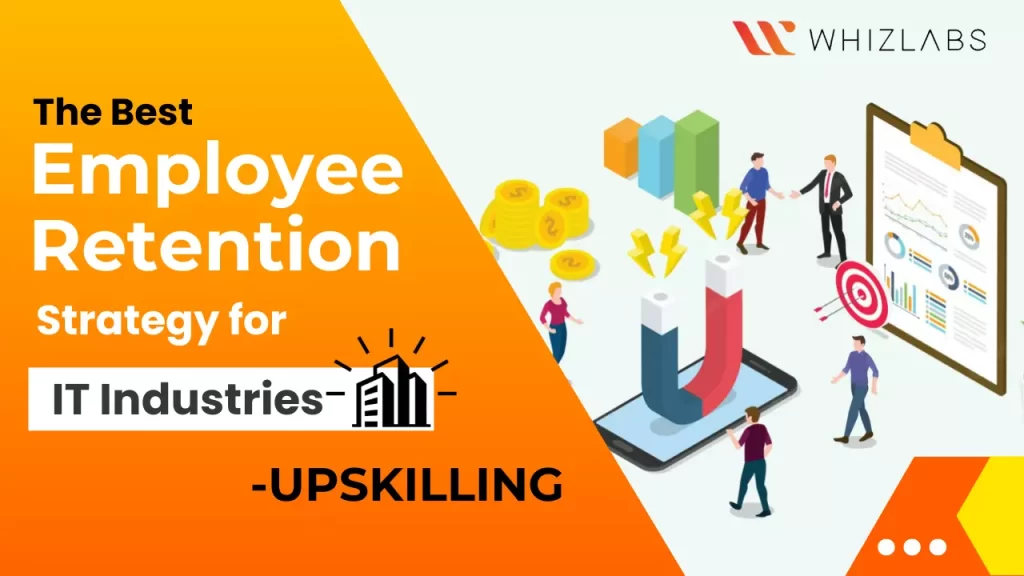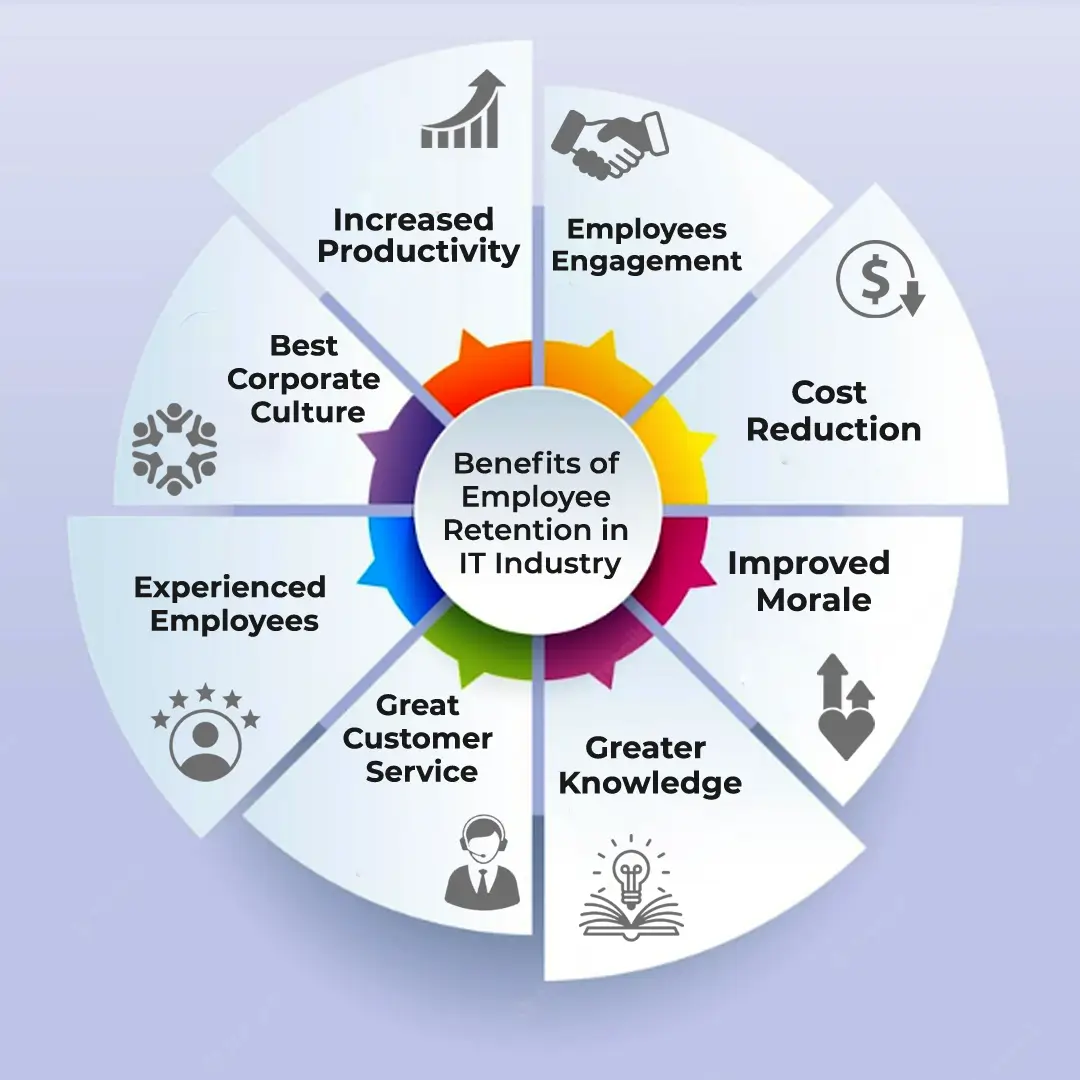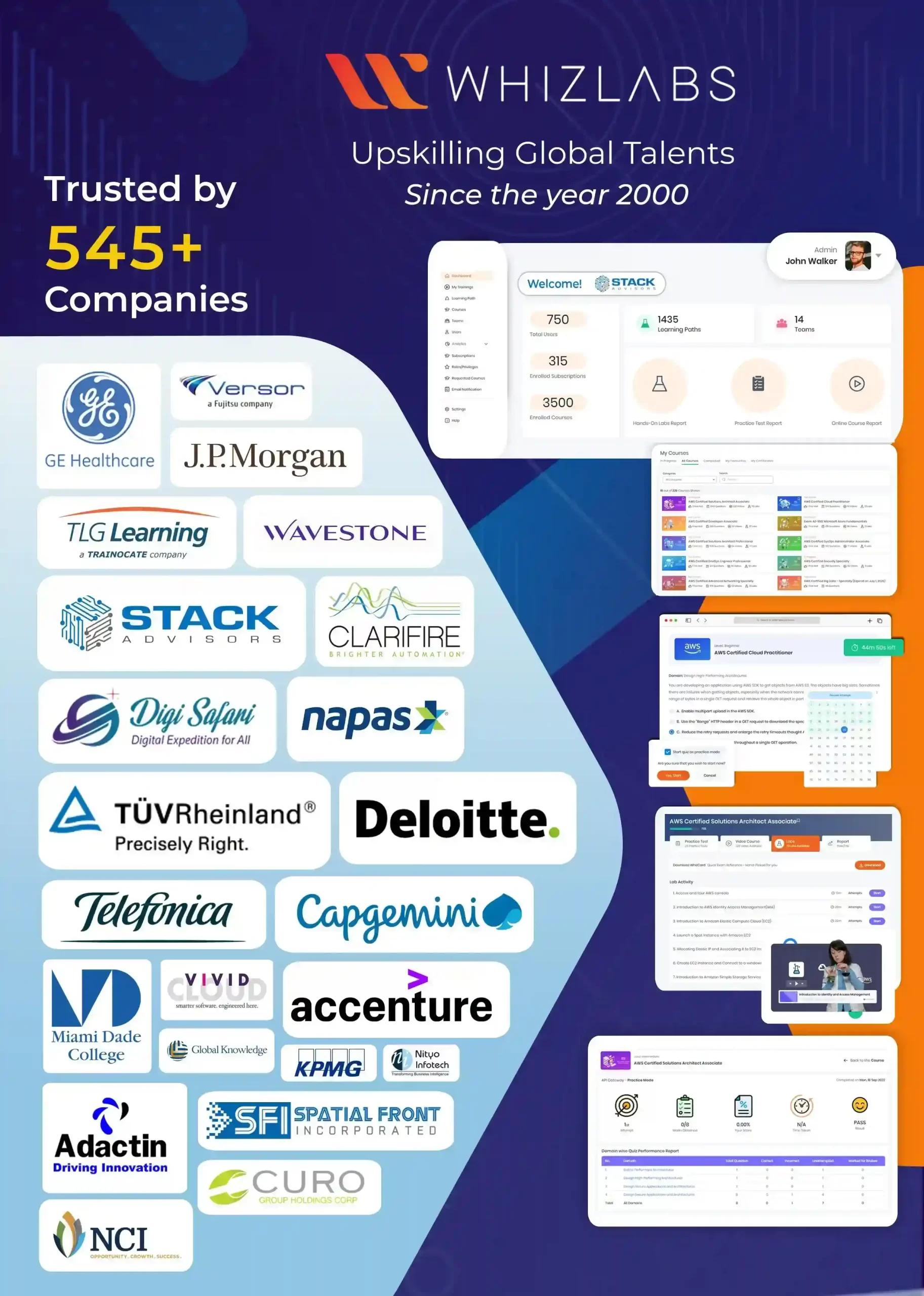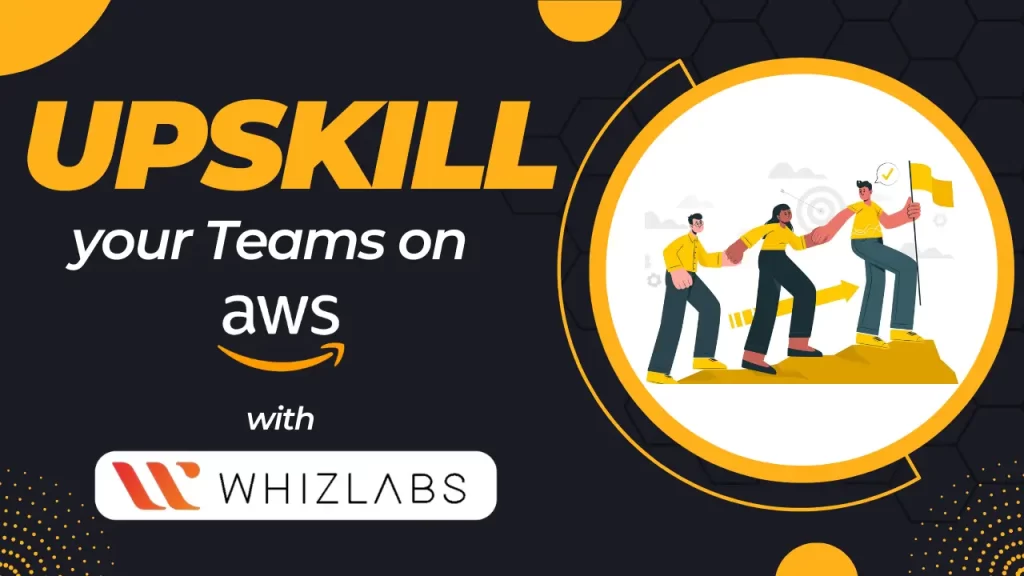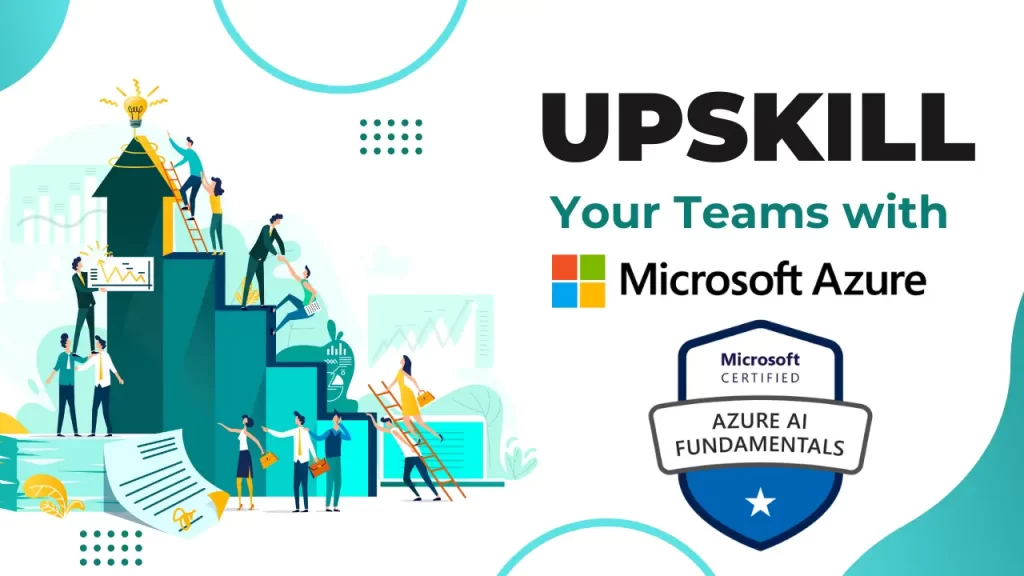Employee retention has never been so critical in the IT industry as it is today. Among acute cloud skill shortages coupled with limited resources to acquire new hires, the only way for the IT industry to escape this mess is to prioritize employee retention and start building a model from scratch.
This blog explores why hiring is no longer the only option, why you need employee retention, its benefits, how you can ace it, and how Whizlabs will help you achieve employee retention.
Let’s dive in!
Why is hiring no longer the answer to cloud skill shortage?
It looks like a pretty simple equation: you need a professional to control or manage some tech capability, just put up a vacancy post on LinkedIn or Monster.com and hire someone. But unfortunately, given demand soaring past the ceiling, hiring is easier said than done. Here’s why:
A whopping salary demand
The demand for cloud professionals is skyrocketing, and so is their salary benchmark. The average salary of a mid-senior level solution architect is as high as USD 175,000 in the USA. The competitive job market encourages new hires to negotiate and unlock the desired remuneration. However, it becomes brutally expensive for IT firms, which are already hiking their expenses through perks to lure cloud professionals.
Increasing cloud adoption
The pandemic and work from anywhere trend brought in unique cloud challenges. The entire office had moved to cloud premises. You need highly skilled professionals who are pros at managing desktops, infrastructures, data storage, administration, etc. With almost every tech and non-tech firm jumping onto the cloud expert hiring bandwagon, the gap between available professionals and vacancies is widening continuously.
The right balance between making the right hire and filling the vacancy
Finding the right fit for a vacancy is never a cakewalk. You end up struggling to create an equilibrium between getting the right candidate and closing your vacancies. But hiring the right candidate takes a lot of time and includes many phases: interviews, background checks, etc. With the clock for projects ticking right above heads, firms ultimately compromise with the hiring process, hampering long-term growth.
Why is employee retention a one-stop solution for your organization?
You can categorize the answers into two baskets:
Reduce hiring struggles
Employee retention is the only way to escape the hiring struggles. Retaining your employees and then investing in their upskilling or reskilling can help you:
- Save the hiring costs.
- Save all the days and hours you have to spend on the hiring process.
- Maintain employee satisfaction since you spend all your energy on training them.
- You can build up a team of loyal and dedicated employees who are already serving with sincerity.
Prevent your skilled employees from leaving the organization
Microsoft says 41% of employees think of either switching or quitting their current jobs. In fact, between 2020 and 2021, the IT industry faced a 4.5% increase in resignations. The Great Resignation trend is a big fat problem for IT firms in this decade. If you don’t want this to be your use case, then strategize and prioritize employee retention. When your skilled employees leave your organization:
- Your workflow goes through havoc. You then have to spend a lot of precious time in training, and knowledge transfer, thereby delaying mission-critical tasks and projects.
- In such a case, if you try to fit in your existing available employees, they will soon feel exhausted and overburdened due to new plus already assigned responsibilities.
Not an ideal thing!
How to retain employees by employee retention strategy and fix the cloud skill gap
The root cause of all hiring problems and cloud skill shortages in the IT industry lies in the insufficient skills in cloud solutions and other infrastructure aspects. The only way to solve this maze is by upskilling and reskilling your existing employees and validating their expertise in the cloud environment. Here are a few ways to do it.
Bridge the knowledge gap between college curriculum and industry-relevant domains
Despite the manifold advancements in curriculum, colleges still remain far behind the upgrades and miss out on industry-relevant cloud skills. Appearing for the certification courses is the only way to keep updated. But not every employee might proactively enroll out of working hours.
Therefore, it becomes vital for you to design a cloud curriculum that matches both the cloud developments and business requirements and helps employees upgrade through it.
Also, ensure that your workplace curriculum includes all the necessary hands-on training and certification courses so your cloud team can handle real-life challenges with ease.
Upskill and reskill your employees
Upskilling refers to learning and adopting new skills while reskilling refers to updating and validating your existing skills with newer versions of the same technology.
Here, both of them are extremely important to your cloud team. You need a checklist of employees who need training from scratch and those who need to update their existing skills. Again, this training should be in line with the solutions you will implement in your on-premise and hybrid environments in the near term.
Train employees at the frontend as well
You can also consider designing a dedicated full-time training period, say a week or so, for the skill development of the employees before they start working on a project. They should dedicate 100% of their energy and attention to their learning path and learn the nuances of the cloud solutions and apps they will use to build up the outcomes.
The clubbing of simulation and upskilling will not only help increase operational efficiency but also induce solution-led-thinking and troubleshoot workflow bottlenecks on the go.
Additionally, to give this full-time training path a direction, you can pair your employees with skilled and experienced cloud coaches or specialists who will help apply their understanding to real-life cases.
Builders rather than just training
Hiring and training managers and architects will slowly become outdated and redundant. Organizations today need to create more builders who understand solutions and business objectives and help the organization propel through the noise. In simple words, contractual project managers or hiring architects and engineers part-time can solve a short-term bottleneck.
It cannot be resilient enough. Train and develop your existing employees so they can build and bring relevant solutions and applications to the table and help increase your margins.
Training path based on interests
Employees start to leave because they are bored with the monotony of the work, translating into burnout, frustration, and demotivation. This calls for regular feedback sessions and learning if anyone’s feeling a breakpoint with their current responsibilities and wants to experiment with some other domain.
For instance, if a desktop administrator wants to explore solution architecture or cloud administration, then help him follow the learning path for the same.
Change in mindset
In addition to all the training and upskilling, you need to lighten up things for your employees. The fear of committing broken codes, development and designing glitches play a prime factor in employee dissatisfaction. Changing this would require a big shift in the organizational culture and mindset.
Allow your team leads to providing room for innocent errors wherein employees can enjoy both the learning and growth process.
Also, understand more about the upskilling and certification paths from our blogs:
Why should you UPSKILL YOUR TEAMS IN AWS
8 Proven employee retention strategies in cloud industry
As the cloud continues to evolve, so too do the strategies for retaining employees. There are a number of factors that can impact employee satisfaction and retention in the cloud, but there are also some proven strategies that can help.
Here are 8 proven employee retention strategies for the cloud in 2022:
1. Offer competitive salaries and benefits
As the cloud industry continues to grow, so too will the demand for skilled workers. To retain your best employees, you need to offer competitive salaries and benefits.
2. Foster a collaborative culture
One of the benefits of the cloud is that it allows for greater collaboration between employees. Encourage this by fostering a collaborative culture within your organisation.
3. Provide flexible working arrangements
The cloud gives employees the ability to work from anywhere in the world. To retain your employees, provide them with flexible working arrangements that suit their lifestyle.
4. Invest in employee development
Employees want to feel like they are constantly developing and growing in their role. Invest in employee development programmes to show your employees that you are invested in their future.
5. Encourage work-life balance
The cloud allows employees to achieve a better work-life balance. Encourage your employees to take advantage of this by promoting a healthy work-life balance.
6. Offer interesting and challenging work
Boredom is one of the biggest reasons why employees leave their jobs. To retain your employees, offer them interesting and challenging work that will keep them engaged.
7. Create a positive work environment
Employees want to work in a positive and enjoyable environment. Create a positive work environment by promoting a positive culture and providing employees with the resources they need.
8. Increase communication and collaboration
One of the best ways to improve employee retention is to increase communication and collaboration. When employees feel like they’re part of a team and that their opinions are valued, they’re more likely to stick around.
How can Whizlabs help you?
Whizlabs offers a complete package of tailor-made courses and updated training programs to help the onboarding, upskilling, and reskilling phases a breeze. With the Whizlabs business package, you can train your teams at a 5x speed and ensure real-time learning with our subject-matter experts and interactive and exhaustive resources. You will find:
- More than 4000 video courses designed by industry experts will help your employees prepare for and pass certification courses. These courses cover all the vital certification exams like Microsoft, AWS, Azure, Power Platforms, CompTIA, GCP, etc.
- More than 700 hands-on-labs and various lab challenges will help develop a comprehensive view of cloud infrastructures and gain mission-critical skills to enhance business results while preparing for the certification exam.The learning path of these labs may include like: Preparing data in Power BI, Introducing AWS IAM, AWS elastic load balancing, Implementing Azure functions, Creating Virtual Machines, GCP console, GCP cloud storage bucket.
- Cloud sandboxes are designed to best suit business needs. Your tech team can experiment, play around, and apply their skills, self-developed solutions, and apps in a demo environment to enhance their project outcomes and increase their success rate. In sandboxes, you have demo environments for:
- AWS: In AWS Sandboxes, you can install any number of apps and services.
- Azure: You can deploy VMs and explore hardware configs.
- GCP: Create as many virtual sessions as you need and select from numerous hardware configs to work with.
Summary
Hope this blog helps you plan about employee retention strategy and focus on cloud upskilling. Enhance your upskilling strategy and accelerate your team’s learning progress, with Whizlabs Teams Account. With our hands-on learning approach, your team can climb higher heights on advanced technology learning, which in return helps in coping up with employing retention.
- Top 25 DevSecOps Interview Question and Answers for 2024 - March 1, 2023
- How to prepare for VMware Certified Technical Associate [VCTA-DCV] Certification? - February 14, 2023
- Top 20 Cloud Influencers in 2024 - January 31, 2023
- 25 Free Question on SC-100: Microsoft Cybersecurity Architect - January 27, 2023
- Preparation Guide on MS-101: Microsoft 365 Mobility and Security - December 26, 2022
- Exam tips to prepare for Certified Kubernetes Administrator: CKA Exam - November 24, 2022
- Top Hands-On Labs To Prepare For AWS Certified Cloud Practitioner Certification - October 27, 2022
- Why do you need to upskill your teams with the Azure AI fundamentals? - October 11, 2022

